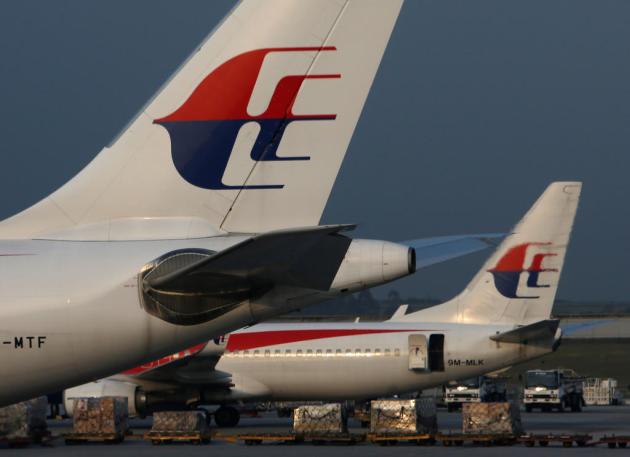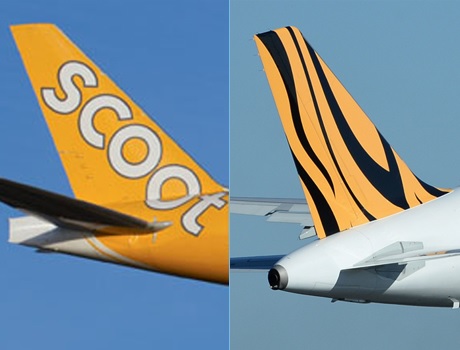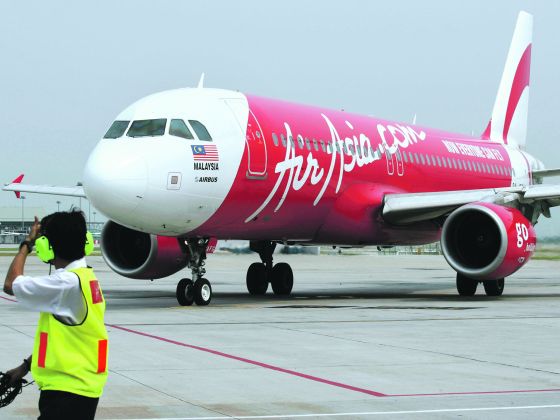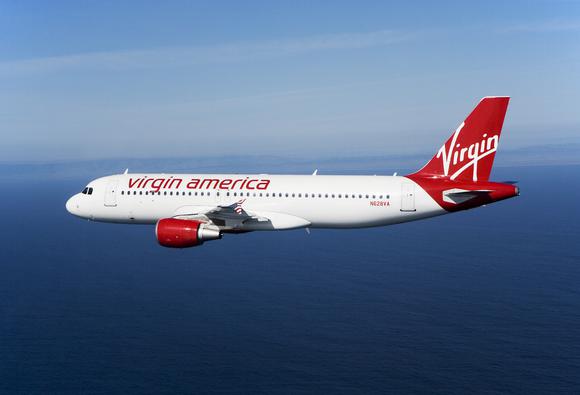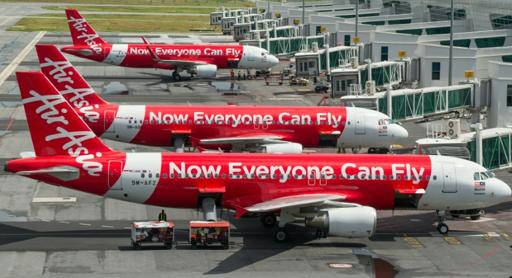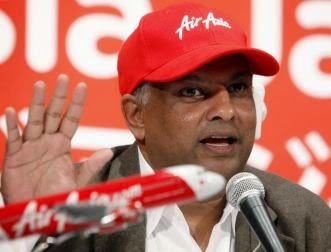April 10, 2015
by David Leo
Malaysian aviation authorities are implementing new strategies to revive the fortune of the country’s beleaguered national flag carrier and its air hub standing in regional competition. Recent developments include the appointment of a new chief to head Malaysia Airlines (MAS) and the launch of a new airline – flymojo – to be based in Johor Baru in close proximity to Singapore Changi Airport and in Kota Kinabalu, East Malaysia.
Malaysia Airlines
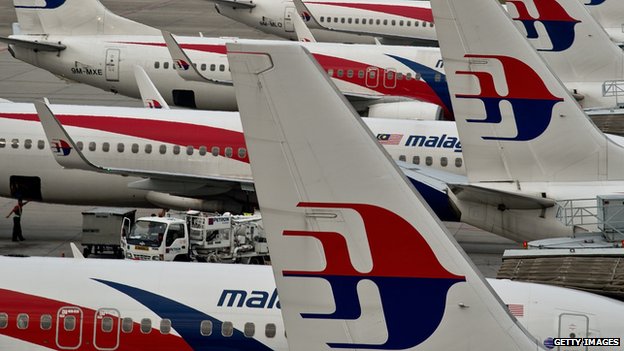
Courtesy GETTY Images
Outgoing Aer Lingus chief executive Christoph Mueller will be taking over the helm of MAS as CEO of a new company to be launched in July. Analysts generally do not deny that it will be an uphill task for him, but to his credit it is also said it is the challenge that he will relish to add another feather in his cap. Some local quarters are not particularly welcoming of his arrival, with former Malaysian Prime Minister Mahatir Mohamad viewing the appointment of a “white man” as an insult to local talent. Mueller is the first foreigner to be appointed to the leadership position.
But Prime Minister Najib Razak said Mueller would help “lay strong foundations for the future success of our national carrier.”
The political aversion should not prejudice any judgment of Mueller’s qualifications to turn round MAS. Indeed, he comes with extensive industry experience. Investment company Khazanah Nasional Bhd, which owns the airline, said the job required “absolutely the best aviation management expertise”. Its managing director Tan Sri Mokhtar was impressed by Mueller’s “strong track record of turning around national flag carriers.”

Courtesy Irish Echo
Mueller has been widely credited with improving the fortunes of Aer Lingus since assuming the top honcho position in 2009. He leaves the airline on a high note in May. The Irish carrier reported one of its strongest performances last summer with operating profits increasing by 19% to €112.9 million (US$128.1 million). Aer Lingus chairman Colm Barrington said: “Under Christoph’s strategic leadership, Aer Lingus has been transformed into a strong, consistently profitable airline with a clear strategic direction, a resilient business model as a value carrier and an improved cost base.” Aer Lingus expanded transatlantic routes and chalked up points for good customer service. Perhaps its most noted battle success during that time was staying a takeover of the airline by budget carrier Ryanair.
Mueller’s appeal to MAS is apparent. But little was said about his failure at turning round Belgium flag carrier Sabena in his earlier years. The airline went bankrupt in 2001. But since that came before his success at Sabena, it is likely irrelevant, even forgivable, considering that he might be operating under circumstances beyond his control. One of his tasks at Sabena was to downsize the workforce, which resulted in bitter industrial action; a major task at MAS is similarly cutting down at least 6,000 workers out of a staff of 20,000, which fortunately for Mueller has already begun to take effect, and quite unlike Europe, industrial strikes are probably less likely to happen to the same extent in this part of the world.
The question remains: Can Mueller succeed? He definitely has the advantage of coming to the job as an outsider without the baggage of the past but with a clean slate to implement new ideas and directions. One wonders if he had not been a “white man” but, say an Asian, would his appointment have ruffled as many feathers locally? He probably would, as the issue looks to be one of an appointment from without rather within the company. Many struggling companies have taken that path to be rid of entrenched old practices and to welcome fresh ideas. New brooms sweep clean. Some companies even think it better to pick someone from outside rather than within the industry, for a fresh perspective and possible transfer of workable solutions that insiders do not, cannot and will not see because of their prejudices and the blinkers they wear that limit their horizon.
Consider how close rival Singapore Airlines (SIA) picked a foreigner to launch budget Tigerair, which in later years as it was struggling with a bad name recruited someone from outside the industry before appointing an internal candidate to the job as the carrier continues to find ways to avert its misfortune. Whether it is a right or wrong move, the decision is best explained as situational. Timing too has everything to do with it. And the best candidate for a salvage job knows, even as he denies it, he needs that little bit of luck too.
It would appear that MAS has waited too long to restructure as it muddles through years of red ink, and that this should come only after two tragic incidents that occurred within four months of each other last year, the first involving a flight carrying 239 people that went missing soon after take-off in March and the second shot down over Ukraine in July killing all 298 people on board. The writings were long on the wall, but until then the efforts to improve performance seemed too sparse, too little, even risking the impression of a smack of complacency, and strangely optimistic that the tides must change at some point. Prime Minister Najib had said the incidents “will change the way MAS operates. We believe our national carrier must be renewed. This means wholesale change… Only through a complete overhaul of the company can we deliver a genuinely strong and sustainable carrier.”
That spells out for Mueller the challenge, which really hinges not on whether he can turn round the airline but how much free hand he has in steering it clear of the red ink the way he thinks it should go. In many ways MAS presents the same context as Aer Lingus, one of which is the competition posed by not only regional giants such as SIA, Cathay Pacific and Qantas, but also homegrown budget carrier AirAsia quite like Ryanair. The biggest challenge will be for Mueller to restore public confidence in the new MAS beyond a change of name and logo if that is on the card, a lesson from Tiger Airways changing its name and livery from Tiger Airways to tigerair that it takes more than that if at all it marks a fresh start. A bit of good news for Mueller is that MAS delivers a reasonable level of customer service, ranked in the top 20 by Skytrax last year.
Mueller’s biggest challenge may be cultural, a nebulous realm without overstretching it, sensitive given that any interference by Khazanah may also be pinned down to it being so, but not insurmountable. This will be his saving grace, but there is no reason to think that he will not be able to steer MAS back to profitability. Sooner is better, but one remains hopeful that it is never too late.
flymojo
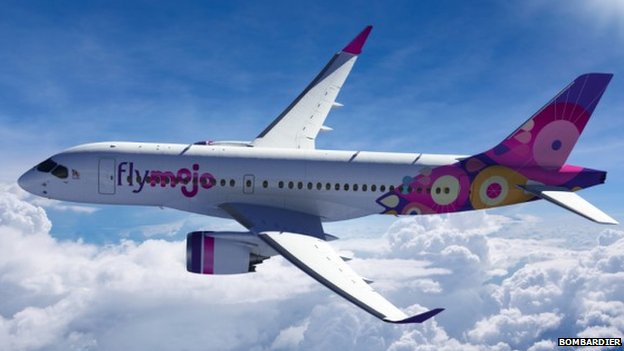
Courtesy Bombardier
Malaysia’s launch of flymojo appeared to be an afterthought that came lately, perhaps reflecting with a tinge of regret over the sale for one Malaysian ringgit (US$0.27) to Richard Branson wannabe Tony Fernandes a debt-ridden carrier that today by the name of AirAsia has become Asia’s largest budget carrier, and noting the lukewarm development of MAS’s offshoot Firefly. Meantime the region witnesses to today the exponential growth of budget carriers as Asean and nearby neighbours adopt more liberal aviation policies.
The new carrier is scheduled to commence operations in October this year with a fleet of Canadian made Bombardier CS100 aircraft. While its stated aim is to play a key role in improving air travel between Malaysia and other parts of the region, it does not disguise its intention to grow Senai Airport in the southern state of Johor. Deputy minister of transport Aziz Kaprawi said: “As the only airline utilising the southern corridor as its headquarters, flymojo will transform Senai into a key regional aviation and logistic hub.” You cannot help but note its proximity to Changi. For years now, Senai has been trying but with not much success to attract some traffic away from the Singapore hub, even with MAS transferring complementary its passengers by coach from downtown Singapore to the airport. Its best bet is the cargo business, considering its limited passenger facilities and network and the inconvenient location; even then, that is developing not quite fast enough. Changi is unlikely to be fazed by the threat.
Malaysia may have already missed the opportunity to raise the hub status of its capital airport Kuala Lumpur International (KLIA) when in 2011 Qantas decided to launch a new regional Asia-based premium airline that could be based there (Changi being the competitive alternative) but killed the idea soon after. According to the latest Skytrax survey, KLIA ranked second after Seoul Incheon (Korea) as the best airport serving 40-50 million passengers per year, but it would be simplistic to think that any airport with customer appeal alone can achieve hub status. Yet it is not far-fetched to see how an airport and its home airline can grow in tandem, complementing each other.
As for Senai, the success of flymojo is critical. And for flymojo, while it may be the only airline basing its HQ there, the competition it faces stretches beyond the southern corridor.
The second half of this year will be interesting as observers wait anxiously to see Mueller’s tablet of change for MAS and as flymojo takes to the sky. It cannot be business as usual.
This article was first published in Aspire Aviation.
